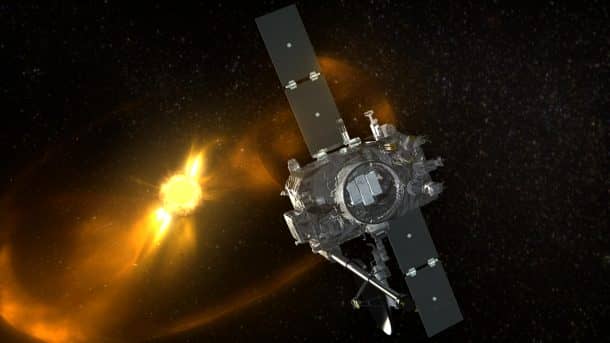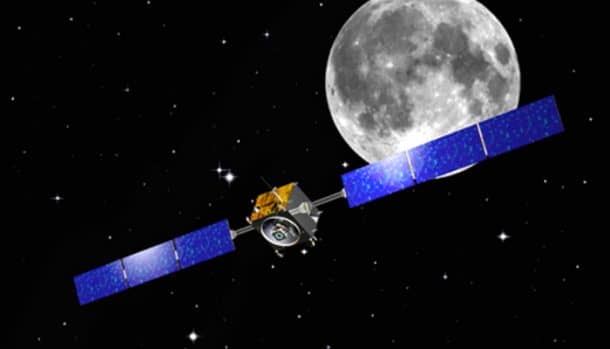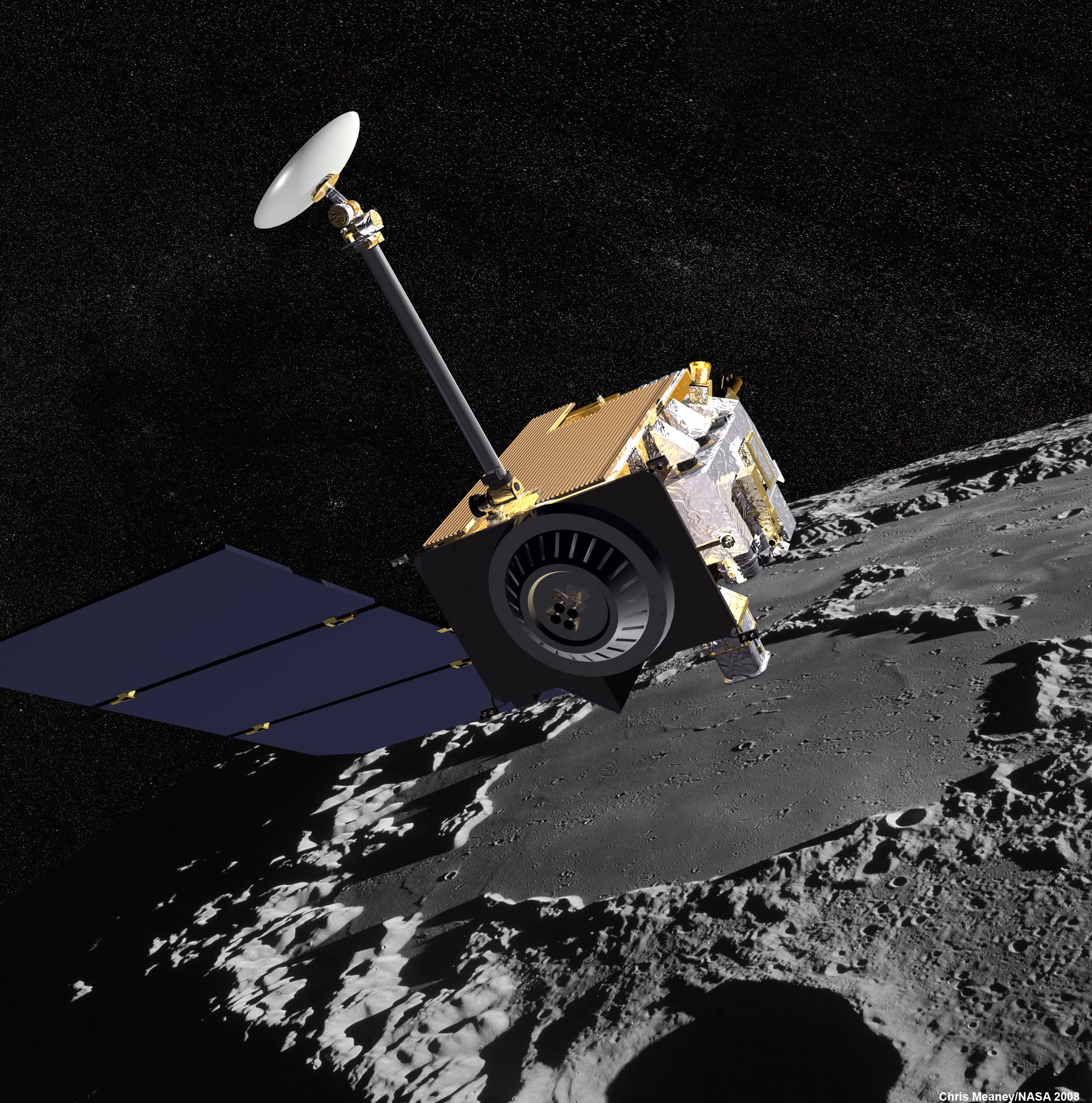Not all space missions are successful and not all spacecraft meet their intended fate. Some are destroyed, some stop functioning and some simply disappear. If you were a human lost in space, there is a slight chance you can be found, but if you are a spacecraft, the chances are a bit higher. That has been proved by NASA time and again. Just last year, NASA discovered the lost solar observer STEREO-B.

Source: NASA
Now two more spacecraft have been found. One of these is the Lunar Reconnaissance Orbiter (LRO), which is active to this day, the other one is the Indian spacecraft Chandrayaan-1.

Source: Zee News
Both the craft were discovered using a ground-based radar technique by scientists at NASA’s Jet Propulsion Laboratory in Pasadena, California. The LRO was easier to find but the Indian Space Research Organizations’ Chandrayaan-1, measuring no more than 5 feet on each side, was hard to find not only because it was very small, but also because it had long been considered lost.
The Chandrayaan-1 was India’s first mission to the Moon and remained active from its launch in October 2008 to August 2009. The satellite’s mission objectives included chemical and geological mapping, all of which it completed in its 10-month activity.
A radar scientist at JPL Marina Brozovic said in a statement, “Finding LRO was relatively easy, as we were working with the mission’s navigators and had precise orbit data where it was located. Finding India’s Chandrayaan-1 required a bit more detective work because the last contact with the spacecraft was in August of 2009.”
The JPL team first made a guess of the location of Chandrayaan-1 using orbital estimates. The location of the craft was estimated to be about 124 miles above the Moon in a polar orbit. Using the 230-foot antenna at the Goldstone Deep Space Communications Complex, NASA sent microwave beams towards the north pole of the Moon. This was to identify if any object crosses the path with the radar, and one with the radar signature of a small spacecraft did.

Source: NASA
The group spent three next months studying the radar echoes received by the NASA’s 330-foot Green Bank Telescope in West Virginia and the Arecibo Observatory in Puerto Rico. A small spacecraft was seen to cross path with the radar twice, which was clearly the Chandrayaan-1. The craft has been found, but we do not really know what it’s fate is going to be.
The finding of the lost satellites may not sound very useful as for now, but it is proof that the future lunar missions will be safer, particularly the spacecraft with a crew on board.


